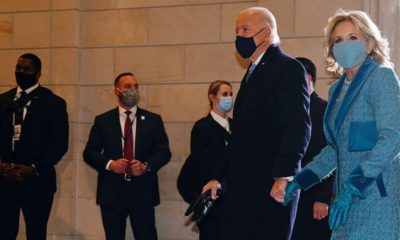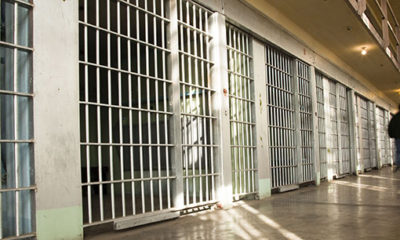Published
5 years agoon
By
AP News
SACRAMENTO — A study released this week has found that a law aimed at boosting vaccination rates across California had the greatest effect in high-risk areas where the vaccination rates were the lowest.
The peer-reviewed study published in the journal PLOS Medicine on Monday shows that the 2016 legislation contributed to a 3.3% increase statewide for measles, mumps and rubella vaccine and a 2.4% decrease in the number of requests for non-medical or personal belief exemptions to childhood vaccination requirements.
[rlic_related_post_one]
California adopted the strictest childhood vaccination laws in the nation after public health officials connected more than 100 measles cases to an outbreak at Disneyland that began in December 2014.
The law requires children to be vaccinated to attend public or private schools. It allows for medical exemptions if there is a clear medical reason that children should not be vaccinated.
Researchers told the Sacramento Bee that previous studies concluded the law helped improve the state’s overall vaccination rate from 92.8 percent in 2015 to 95 percent in 2017. But the latest study shows the largest increase in vaccinations occurred in counties with lower rates before the law went into effect.
“That 3 to 4 percent increase (statewide) represents much larger vaccine coverage increases in a fraction of California,” said Dr. Nathan Lo, a public health scientist at UCSF Medical Center who co-authored the study.


California Pins Vaccine Hopes on Biden Administration


Walters: After COVID-19, Drought Threat Still Looms


Fierce California Winds Fan Fires, Topple Trees and Trucks


Monarch Butterfly Population Moves Closer to Extinction


Newsom Sets New Tone for California, White House Partnership


California Guard Pleads Guilty to Lies in Inmate’s Death




